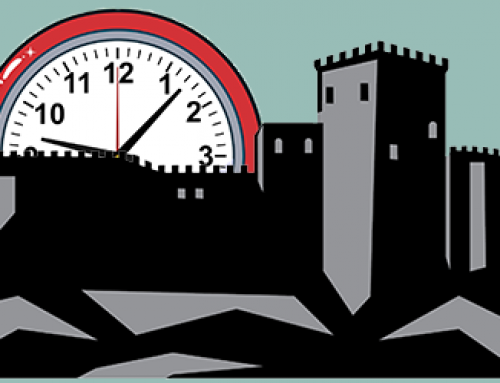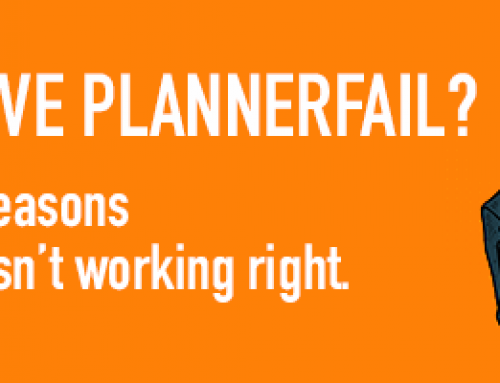It actually has to do with aligning your sales process with your customer’s buying process.
Have you ever caught yourself in a routine? I recently realized that my day-to-day activities are far more dictated by habits and routines than even I realized. Last month I was at the rec. center for my daily swim session. I happened to finish my session at the same time as the lap swimmer next to me. As we entered the large locker room we were both surprised (and inconvenienced) at the realization we had both selected adjacent lockers. This was unusual in a large locker room filled with many available lockers within multiple rooms. A discussion about habits and processes ensued. Our routines had seamlessly converged at that one point.
Processes dictate every part of our lives. From the moment we arise for the day we have already subconsciously mapped in our minds the processes that we expect to follow. What route to take to work, how we are going to tackle the work, and even how long we take completing tasks are all planted deeply in our psyche and internally automated; often by feelings of nervousness or confidence.
Our private shopping habits are largely influenced by the businesses that cater to our process preferences. When companies are able to truly connect their selling processes with their customers buying processes; a sale is made.
So how do we align our processes to exactly sync up with a buyer? How can we be the locker next to our customers?
Buyers have both formal and informal decision making paradigms that have been well established. Formally, a buyer follows a structured system that can include steps such as: setting up review meetings, project selection, budget allocation, and identifying what internal teams will be affected and how they will be involved. Informally, our buyers also follow deeply rooted processes. These processes are well colored by individual preference, psychology, experience, culture, and roles. To win sales, a representative must be cognizant of both paradigms.
Because every company has a buying process that is unique, is there really be a one-size fits all approach to the sales process?
In a recent qualitative survey on LinkedIn, sales veterans from multiple industries indicated that too often a sales process favors the seller, not the buyer. All sales people are anxious to reach that final destination with their client and ring that sales gong in the office; however, building flexible paths that adjust to buyer’s needs is critically important. Respondents found that too many sales processes are based on antiquated sales methodologies i.e. prospect, present, resolve concerns, ask for the order, resolve concerns, ask for the order and close the sale. While this might work for some, many respondents have taken to a different approach; they are simply listening and building relationships based upon their client’s specific needs. Best sales processes allow them to find out how to proceed, when to proceed, and allow them to proceed at the pace the customer is prepared to move. The buyer’s journey doesn’t necessitate a single conclusion with your product sitting in the treasure chest. Instead, it can have multiple pots along the way as you hike along side them.
Imagine your process less like an iron chain and more like a fruit tree with multiple directions that can still lead to delicious fruit. One sales executive even pointed out that behavioral verifiers are the key element to knowing what direction a sale will take. In other words, during a highly “customized” sales process, a sales person can utilize what they know about that buyer’s behavior to cue to them if they are on a branch that is leading to fruit. It goes beyond building rapport and finding common ground, but truly knowing a person. This is a delicate balance of process and autonomy that must be carefully treaded but can have incredible results.
Oftentimes the technology we utilize can restrict our ability to effectively walk different paths. Whether it is a CRM that bottlenecks you into following an antiquated sales model without reporting insights that actually matter to your clients, or following a management dictated (and often a software managed) calling script that really doesn’t provide the necessary flexibility to really understand your customer. The technology that is now key to our business can fundamentally restrict process alignment.
Let’s finish with where we started: the gym story. I found out that the gentleman standing next to me also happened to be a product user of ours. He schedules his exercise time exactly in the same way I do, we just prefer different lanes in the morning and he usually swims just a bit longer than myself. I now have a friend and a great resource for referrals based upon a relationship that was founded through the alignment of processes.






